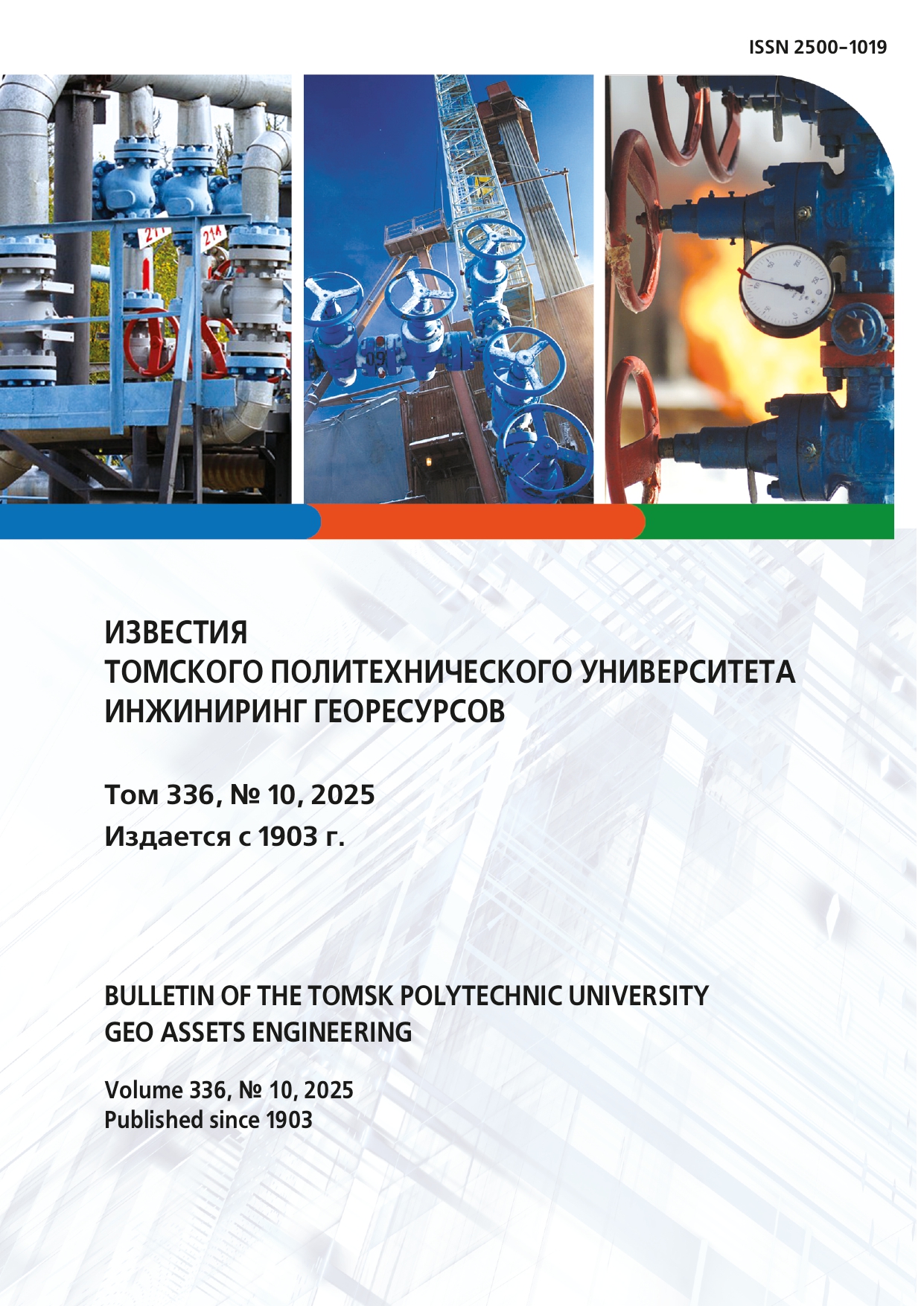Том 334 № 5 (2023)
DOI https://doi.org/10.18799/24131830/2023/5/3983
АНАЛИЗ ФАКТОРОВ ФОРМИРОВАНИЯ МАКСИМАЛЬНОГО СТОКА РЕКИ ЧУМЫШ (ЗАПАДНАЯ СИБИРЬ)
Ссылка для цитирования: Анализ факторов формирования максимального стока реки Чумыш (Западная Сибирь) / С.Ю. Самойлова, О.В. Ловцкая, А.В. Кудишин, Д.В. Арнаут // Известия Томского политехнического университета. Инжиниринг георесурсов. – 2023. – Т. 334. – № 5. – С.116-128.
Актуальность работы связана с необходимостью совершенствования методик среднесрочных прогнозов половодья в условиях недостаточности гидрометеорологической информации. Цель: оценка возможности использования пространственно распределенных моделей атмосферных осадков для прогнозирования объема стока половодья; разработка стохастических моделей для прогноза объема и максимальных расходов половодья с использованием данных наблюдений сети Росгидромета и распределенных атмосферных осадков по данным реанализа и данных дистанционного зондирования земли высокого пространственного разрешения. Методы: геоинформационный, комплексный географо-гидрометеорологический анализ, статистические методы (корреляционный и регрессионный анализ). Результаты. Выполнена оценка атмосферного увлажнения бассейна р. Чумыш с использованием данных пространственно распределенных моделей атмосферных осадков и материалов наблюдений на метеорологических станциях; проанализирована связь сумм осадков с объемом стока и максимальными расходами половодья. Сравнительная оценка полученных зависимостей позволила выбрать наиболее значимые предикторы для построения уравнения множественной линейной регрессии. Разработана статистическая модель для прогноза объема и максимальных расходов половодья реки Чумыш в створе пгт Тальменка с использованием данных наблюдений сети Росгидромета и реанализов высокого пространственного разрешения.
Ключевые слова:
Река Чумыш, зимние осадки, половодье, слой стока, максимальные расходы, статистическая модель множественной регрессии





